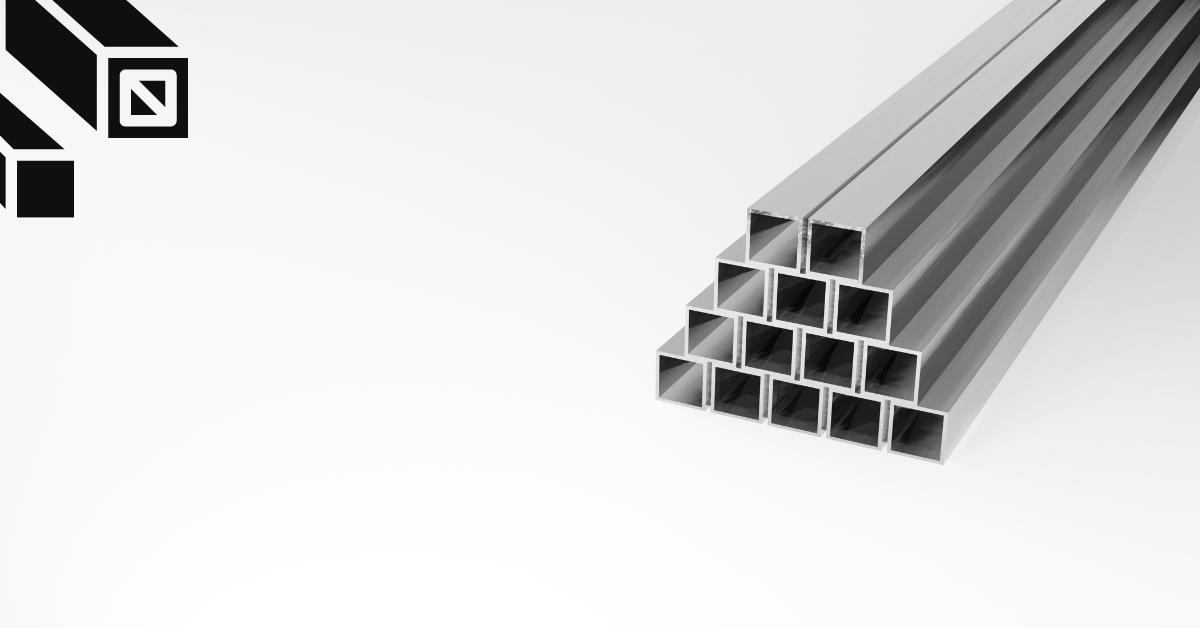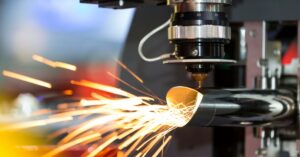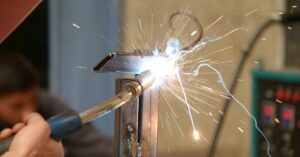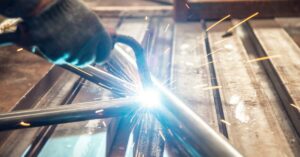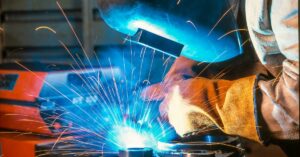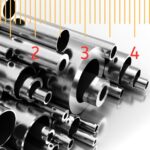Telescoping square tube is a strong, versatile, and adjustable product. The system can be used for telescoping or as an add-on in many applications. Telescoping square tube system allows for efficient assembly without the hassle of drilling.
The telescoping square tube system is chiefly composed in adjustable channels and incrementally adjustable tubing. Each can be secured with rivets, bolts, nuts, gravity pins, or similar elements.
Also Read
Telescoping square tube types and sizes
There are 2 common models of telescoping tube: Telestrut & Telespar. Telestrut and Telespar are telescopic tube types that can be used in a wide range of industrial applications.
Telestrut
Telestrut has three sided channel and four sided tubing combine to make a powerful support system that is like no other on the market. By joining infinitely adjustable 3 sided channel with incrementally adjustable and prepunched 4 sided tubing. Telestrut square tubing systems can be telescope, splice, adjuste and reused faster and easier than anything in its class. This telescoping square tubing system allows you to design, build, and change support structures faster. The telestrut is the most versatile multi-purpose support system ever devised.
Telespar
Telespar telescoping tubing system is ideal for racks, shelving, conveyor systems, and many more applications. Telespar tubing is available both in solid or perforated telescoping tube sections. No special welding, tools, or assembly procedures are necessary with the Telespar system. Telespar as well as Telestrut has the ability to telescope. Smaller sizes fit smoothly and snugly into the next larger size. This is made possible by the latest in high speed roll-forming technology with high-frequency resistance welding. This makes a smooth corner welds within very close tolerances, lowering your fabrication costs.
Telestrut is Unistrut compatible whereas Telespar does not telescope with Unistrut. Telestrut only comes perforated while Telespar is available in perforated and non-perforated configurations. The most common sizes in telescoping square tube are: 1-1/4″, 1-1/2″, 1-3/4″, 2″, 2-1/4″, 2-3/16″ & 2-1/2″.
The application and uses of Telescoping square tube
This system can be used to support switch boxes, pipework, HVAC units, and much more. The telescoping square tubing system is composed of channels, bolts, and spring nuts. As previously noted, no welding or drilling is required to hold the materials together.
Telescoping square tube is an ideal choice for a wide range of applications, including:
- Roofwalks Rooftop Walkways
- Sign Support
- Safety Rails
- Assembly Line Framing
- Racking / Shelving Systems
- Scaffolding Framing
- Towing Trailers & Racks
- Display System Supports
- Fitness Equipment
- Playground Equipments
When using the telescoping square tube, it is important to ensure that the inner and outer tubes are firmly connected. This will ensure that the two tubes are in proper alignment and will prevent them from shifting during use. It is also important to regularly inspect the tubes to make sure that the locking pin, nut and bolt, or other fastener are secure.
In addition, it is important to be aware of the weight capacity of the telescoping square tube. This will help to ensure that it can safely support the weight of the two tubes that it is connecting. It is also important to make sure that the inner and outer tubes are not damaged in any way, as this could affect the strength and stability of the guide.
Always follow the instructions provided by the manufacturer. This will help to ensure that the guide is used correctly and that it is safe for its intended purpose. It is also important to make sure that the guide is properly maintained and stored, as this can help to ensure that it is in good condition for future use.
Telescoping square tube price is much more expensive because there are very few mills making such a product. The quality control process to make telescopic square tubing is much more complicated and restricted as compared to rolling standard tubing. It must be square and rolled within tight dimensional tolerances. In the end, the requirement if you want to applying a freely telescoping inner tube isn’t really are worry about.

